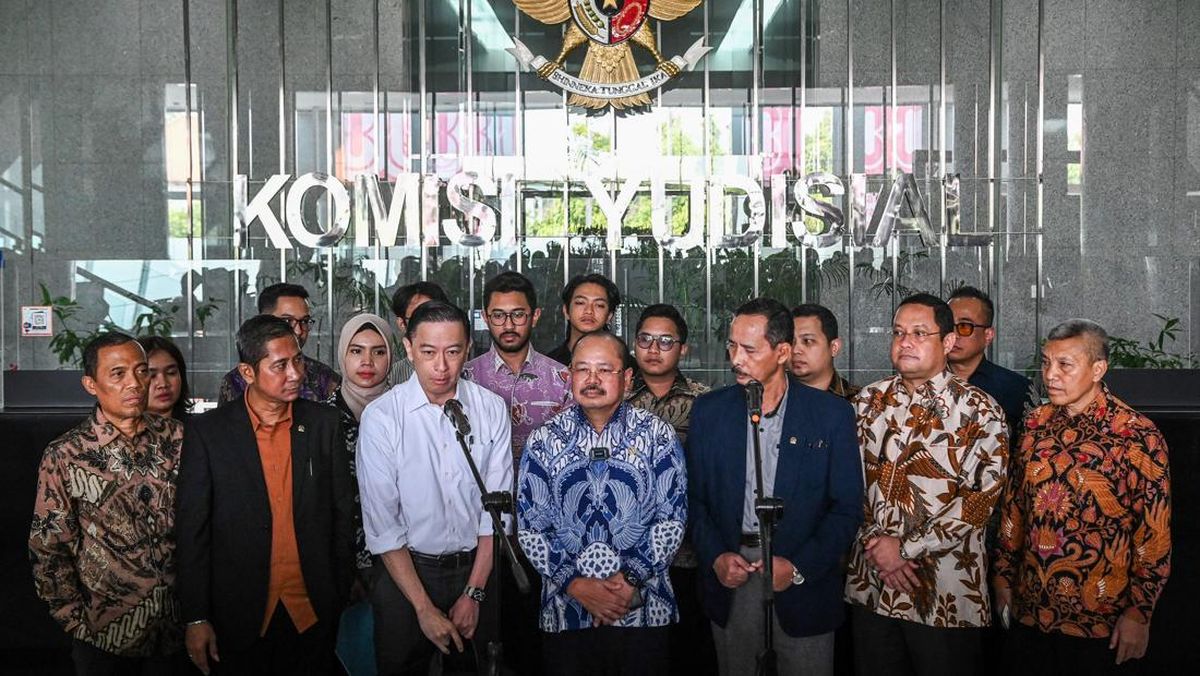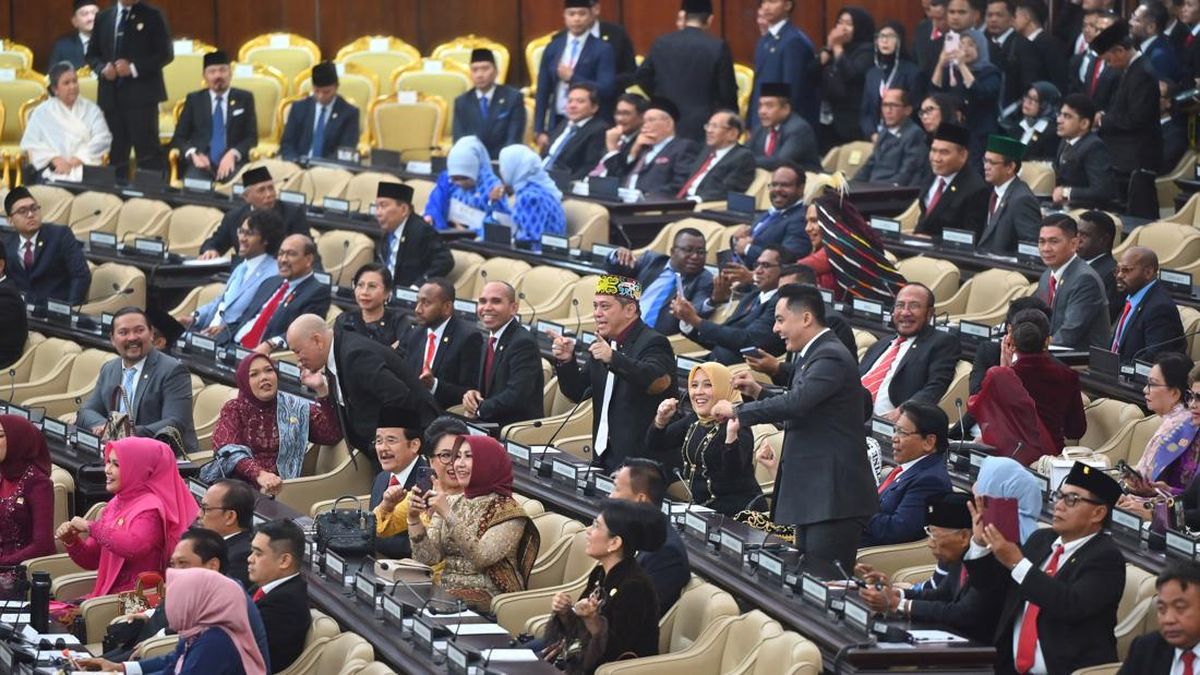In the quest to block the Minns government’s low- and mid-rise housing reforms, Woollahra Council has literally gone underground and wishes to halve the number of parking spaces required in new apartment buildings to deter developers from carrying out major excavating works for car parks.
The council is also shaping up to demand Rose Bay and Double Bay be corralled from the government’s building policies. It follows residents’ concerns that construction works in their flood-prone suburbs have caused neighbouring homes to “crack”, and “sinkholes” to appear in low-lying land.
The reforms, which permit apartment blocks of up to six storeys near town centres and transport hubs, came into effect in February and have triggered 14 local multistorey development proposals, including plans for a six-storey development opposite Rose Bay Beach.

Woollahra Mayor Sarah Dixson.Credit: Dominic Lorrimer
Woollahra Council’s proposal to cut car park numbers for apartments as a weapon against the government policies coincides with the release of an independent geotechnical report, commissioned by the municipality, that found Double Bay and Rose Bay particularly vulnerable to the impacts of excavation. Last week the council committed $300,000 to fund further hydrogeological and geotechnical studies.
Carmen McLoughlin, a member of the Double Bay Residents Association, told the Herald at least 60 local properties had been damaged by new housing developments. “We’re not against housing but … people don’t want to be put in a position where, because of severe structural damage, they’re forced to move out of our homes with no recourse,” she said. “We don’t want to become the next Mascot Towers.”
At face value this seems reasonable. However, Sydney’s anaemic rate of home building in the early 2000s plunged to levels lower than during the Great Depression and World War II. Given the cost-of-living crisis feeding into mortgage stress and soaring rents and the continuing efforts by federal and state governments to address the housing problem, Premier Chris Minns has courageously tackled the state’s housing supply crisis by legislating increased density and fast-tracking construction of some projects around train stations.
Of course, various types of NIMBYism have emerged. The opposition so far has been mainly on planning and heritage grounds but there are suspicions about the motives for Woollahra’s push for entire suburbs to be exempted from the multi-storey housing reforms.
It is not going to happen. NSW Planning Minister Paul Scully deftly reminded councillors they seemed to have forgotten one important detail. “It was Woollahra Council that zoned that land as appropriate for low- and medium-density housing, and as the consent authority on development applications they have the responsibility to assess suitable and safe development on that land,” he said.
Further, the council threat to reduce car spaces ignores the government’s rationale in encouraging development around railway stations: they are aimed at people, renters and first home buyers who use public transport, not private cars.
Most Sydneysiders realise social responsibility is a privilege. On a broader level, Woollahra needs to acknowledge that not only is the housing crisis everybody’s problem – it must find ways to be part of the solution.
Bevan Shields sends an exclusive newsletter to subscribers each week. Sign up to receive his Note from the Editor.













































